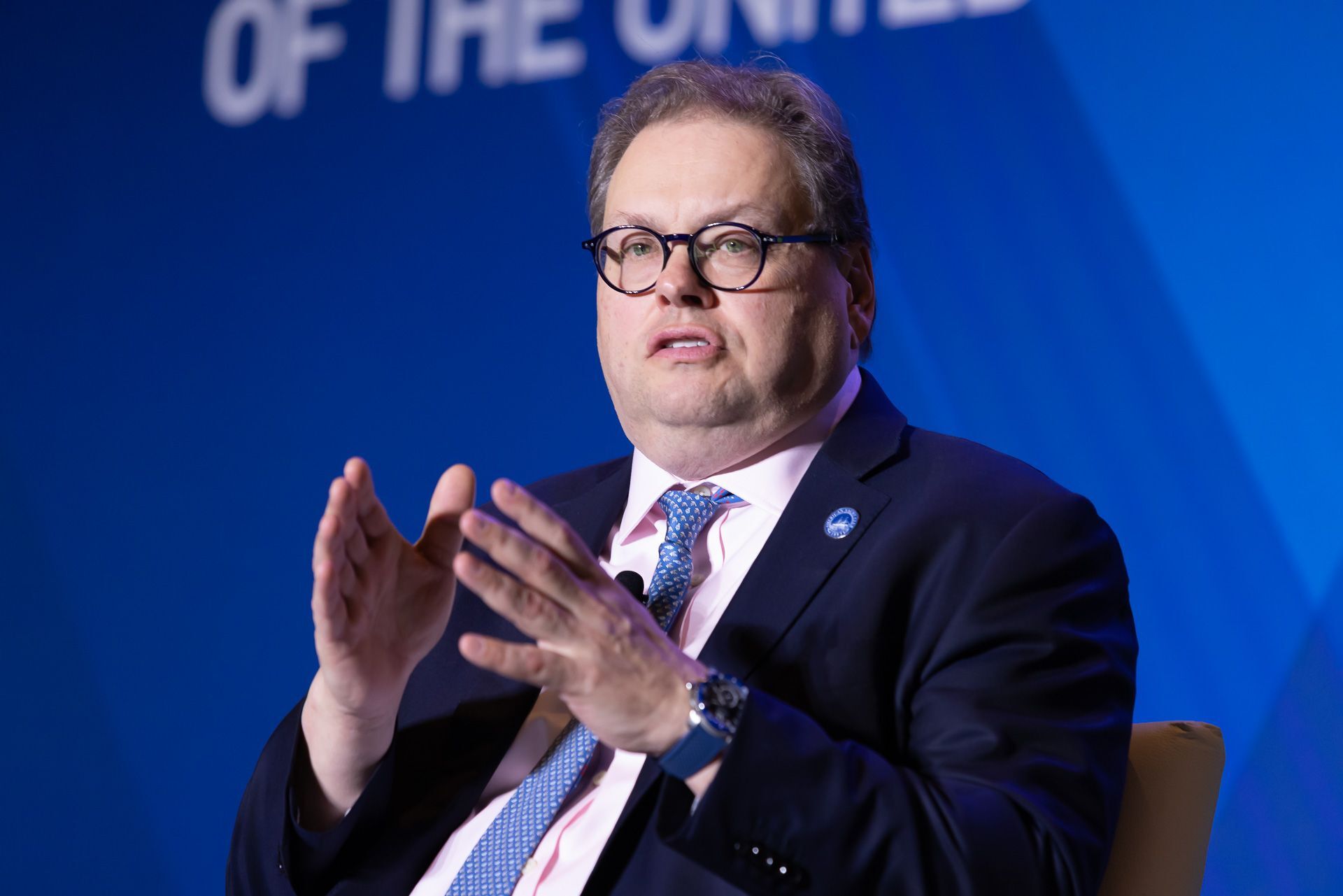Brazilian jeweler sets out on a mission to promote ethical mining

Brazil is home to many beautiful things, not least its exquisite natural gems, including rubellites, emeralds, and the famed Paraíba tourmalines. Independent Brazilian jeweler Ara Vartanian loves to showcase his country’s stones in his pieces, and now he’s spreading the word that the process of extracting them can be a thing of beauty in its own way: Responsible mining has the potential to dramatically improve lives and even combat deforestation. In 2020 he launched the Conscious Mining initiative to highlight Brazilian mines that invest in their communities and produce stones that can be traced back to the source.
If gemstones aren’t traceable, designers and clients have no way of knowing whether their purchase provided safe employment for workers or if they were mined in an environmentally responsible way. Traditionally, the mining industry has been a rather closed circle that’s kept its practices private, regardless of whether companies were doing wonderful or terrible things.
Vartanian grew up in the jewelry industry—his father was a precious-stone dealer, his mother a designer—and he saw this firsthand. “There was always a secretive aspect to the business,” he recalls. “Old-school guys like my father and the guys that he knew, they would always buy from each other.” Now, in his own business, he says he wants to do as much good as he can through his work. Through Conscious Mining he’s discovered local mines in Brazil that practice responsible extraction and help the local community and environment.
Related Article: What are birthstones?
Gemstones are mined around the world in a variety of ways. Some are massive and produce millions of carats of rough gemstones, while artisanal mines are much smaller. Regardless of size, some mining companies invest in local communities through education, health, and environmental projects, while others simply operate a mine and employ workers. There are also unregulated mines, which could have dangerous working conditions and might harm the local environment.
Vartanian focuses on working with operations that have strong corporate-social-responsibility initiatives, beginning with the Cruzeiro and Belmont mines in Brazil. He was impressed with the quality of the stones and by what he saw when he visited the mines, in terms of both mining conditions and benefits to the community. He wanted to find other mines with different stones that were also doing good things in their communities, but he realized: “There was nobody that I could call who would say, ‘These guys are good.’” Brazil has no monitoring agency or even a shared database to consult. It was also disappointing for Vartanian to realize that “sometimes the good guys are also the bad guys,” he says. “A lot of brands were doing more marketing than actual doing.”
So he decided to do it himself, by visiting mines he thought were doing good work and persuading them to bring their practices to light. In addition to rubellite and indicolite from the Cruziero Mine, he uses emerald from Belmont as well as Paraíba tourmalines from the Brazil Paraíba Mine.
Vartanian posts about the mines he uses on Instagram, where he has more than 67,000 followers, to spread the word and educate clients about the source of his stones. His website also has a section explaining his sourcing standards and why responsible extraction matters. These mines improve the quality of life in local communities not just with employment and education, but also through reforestation and water treatment projects. Vartanian is proud of his heritage and uses many Brazilian stones, especially Paraíba tourmalines. This Conscious Mining project is a way of honoring his country and its natural resources.
“I don’t get any financial benefit from it. I understood that by clapping my hands for people doing good, maybe that would make other miners do good,” he says. Mines have begun asking him to visit their mines to see their initiatives. He’s even had other jewelry designers reach out when they’re looking for specific stones, and instead of being secretive about his sources, he’s happy to connect them with the mines. “Isn’t that funny? They could be competition, and I’m introducing them to the mines,” Vartanian says.
This open spirit and demand for change in the industry has spurred other Brazilian designers to participate in his Conscious Mining initiative, including Fernando Jorge, Verachi, and Prasi. While independent brands can make a difference in their own business practices, they’re more powerful together. Jorge, an award-winning jeweler, was one of the first to join. “I have always been attentive to the quality and provenance of the materials I use in my pieces,” he says. “In 2019, I decided to engage further in the traceability of Brazilian gemstones and went to visit a mining operation in person. Soon after that, I learned that Ara had started an initiative, and he called us to join forces. Together we aim to develop more partnerships with suppliers who have the same concerns as us regarding basic human rights, responsible extraction, transparency in the production chain—which, in my view, is an urgent issue in our industry.”
Vartanian is thrilled with the response and hopes more designers will speak about their own responsible mining practices, or join forces with the Conscious Mining initiative. To educate clients and show the beauty of these stones, he designed Biela, a collection that uses gemstones from these mines in addition to tanzanite and black and white diamonds. The pieces have the same distinctive aesthetic as Vartanian’s other collections, with sharp lines, sweeping curves, and bold, colorful gemstones. They prove that ethically sourced jewelry doesn’t have to sacrifice style or quality, and that they can actually make you feel good about wearing your shiny new bauble or starting a jewelry collection.
(By Kristen Shirley)
{{ commodity.name }}
{{ post.title }}
{{ post.date }}

Comments